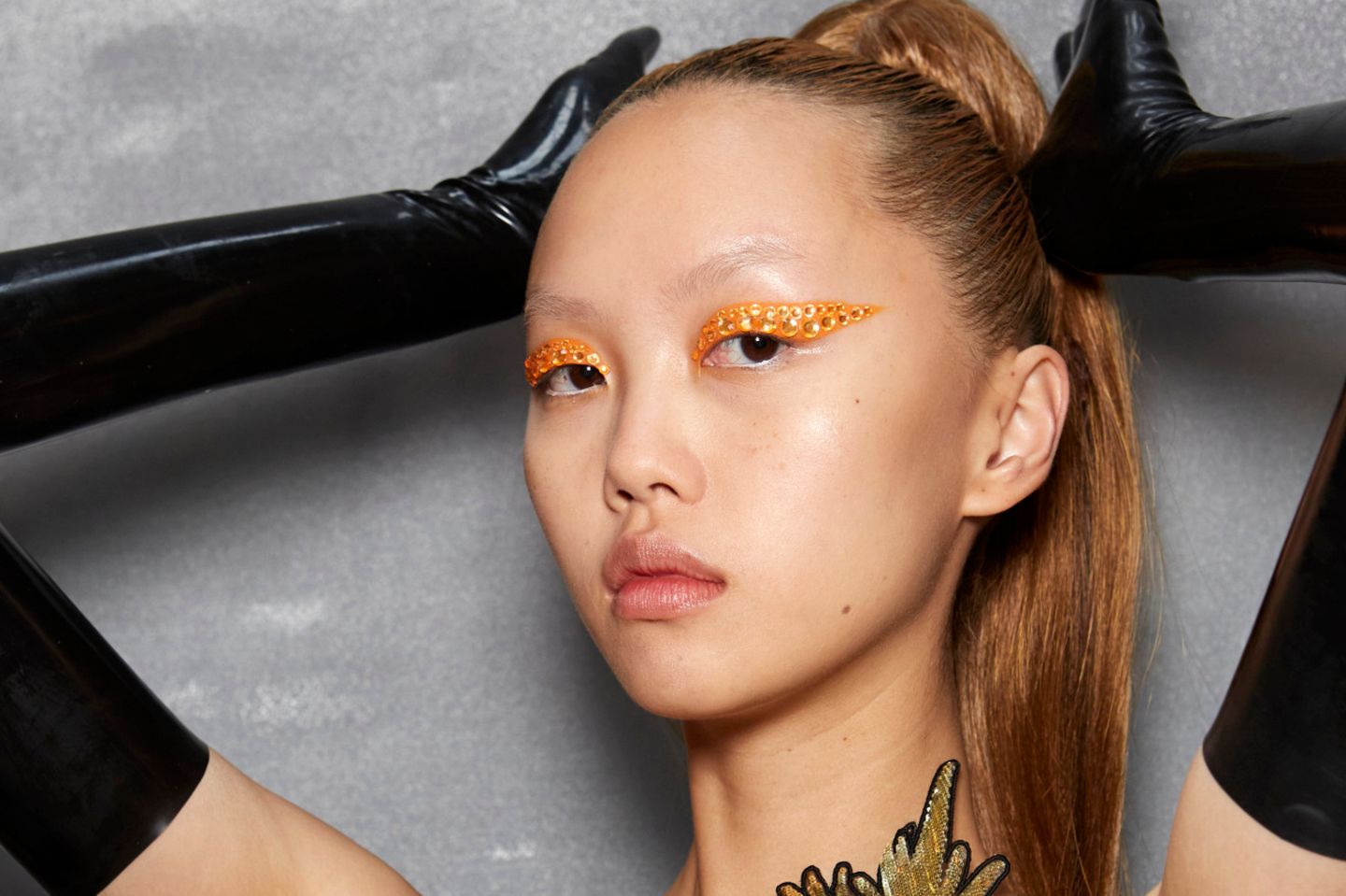Glitter ban
What impact does this have on the beauty industry?
© Launchmetrics.com
The time has come since October 15th: the EU is gradually banning plastic items that are difficult to degrade – also known as microplastics. An expert explains what exactly this means, which products are affected and what effects microplastics have on our skin.
On September 25, 2023, the European Commission published a press release announcing its plans to prevent environmental pollution by banning introduced microplastics. According to this, microplastics are “all synthetic polymer particles under 5 millimeters that are organic, insoluble and difficult to degrade.” The first steps will come into force on October 15, 2023, with more to follow in the next few years. Toothpaste, scrubs, glitter eyeshadow: many of our popular products contain exactly these “forbidden” particles. What impact do the new draft laws have on the beauty industry? We asked Rolf Stehr, trained laboratory assistant, experienced beautician and founder and creative director of Stehr Cosmetics.
Glitter ban from October: What awaits the beauty world?
What will change with the ban on hard-to-degrade substances? plastic items in cosmetics?
Rolf Stehr: “The ban on plastic items that are difficult to degrade particularly affects the make-up industry. Due to the new legal regulations, there will now be fewer products with glitter and glitter effects to buy. In the long term, manufacturers will therefore focus more and more on clean beauty or “We have to use organic cosmetics. This has both advantages and disadvantages. Natural formulations have a less harmful effect on the environment. At the same time, organic cosmetics also have a shorter shelf life. Therefore, corresponding products must be sold and used up more quickly.”
58 images
What impact does the law have on the beauty industry?
“Microplastics don’t have much of a future in the cosmetics industry. Manufacturers therefore have to look for new alternatives, for example for so-called wrinkle fillers. Microplastics are currently still a widespread optical wrinkle filler for the skin. Unfortunately, natural active ingredients do not yet promise comparable long-term effects here, because our cells In contrast to plastic, they break down enzymatically.”
These products are the most affected
Information such as polymer particles less than 5 millimeters can seem abstract and intangible. No wonder then that the European Commission’s press releases leave us with almost more question marks than before.
Are all glitter products banned now? Are there alternatives?
Bronzing powder, highlighters, glossy eye shadows and lip glosses with a glitter effect are most commonly affected by the ban.
And what about nail polish? As Rolf Stehr explains in our interview, this will primarily affect highly pigmented glitter products such as highlighters, lip glosses or glossy eye shadows. In nail polishes, the glitter particles are often larger and could therefore be above the limit. But that is not the only area that is affected. He further reports: “Nourishing cosmetics also fall under the regulation if they contain so-called acrylates. These also include, for example, peelings with microbeads. The reason for this is the fine grains of microplastic, which usually provide the desired peeling effect.”
How harmful are plastic items that are difficult to degrade?
“The microplastics contained in cosmetics enter the water cycle via the sink. According to researchers, traces of them can now be found almost everywhere in the environment. The long-term effects cannot yet be fully predicted.”
10 pictures
What consequences does microplastic have if we regularly put it on our skin through creams and the like?
“Basically, microplastics behave neutrally towards our skin. Since it is an artificial substance, our cells cannot break it down enzymatically. This means that the microplastics remain loose on the epidermis until we wash them off again. However, if you do not clean your skin thoroughly enough “If you clean or use the wrong products, residues remain and these can lead to skin blemishes in the long term. People who are already prone to oily skin and pimples are particularly affected by the negative consequences. Plastic on top has a negative impact on their skin metabolism and leads to additional blemishes.”
First replacement products found
But the ban doesn’t just bring bad news; according to Rolf Steht, the beauty industry has already found the first alternatives in cosmetics: “As an alternative to conventional plastic glitter, mineral pigments, for example from slate earth, are available. However, the color selection is “It’s a little more limited than we’re used to. However, the plastic peeling grains can be easily replaced. Many manufacturers are already using ground apricot kernels, walnut shells or even oyster shells instead.”
